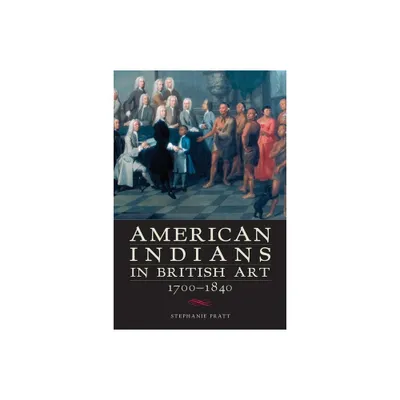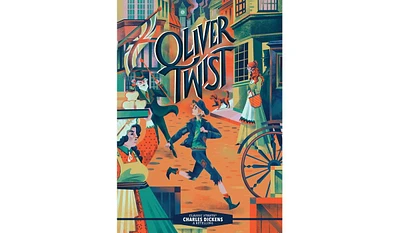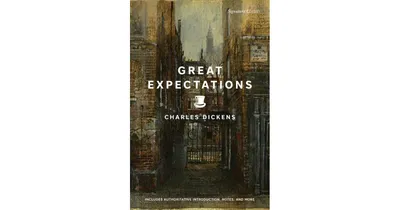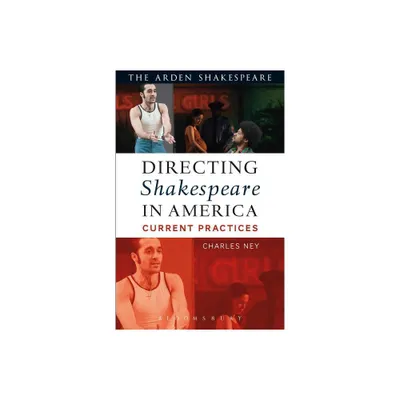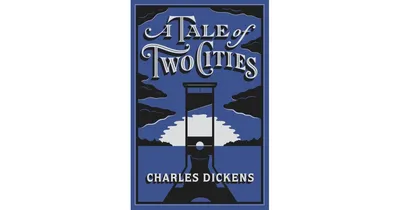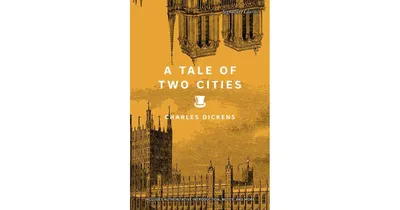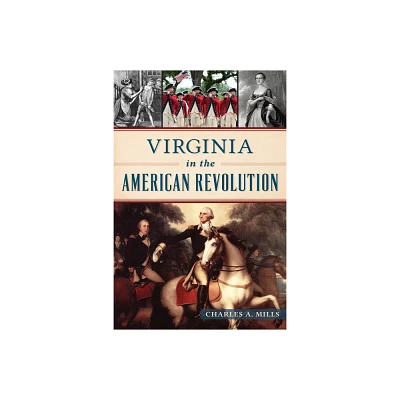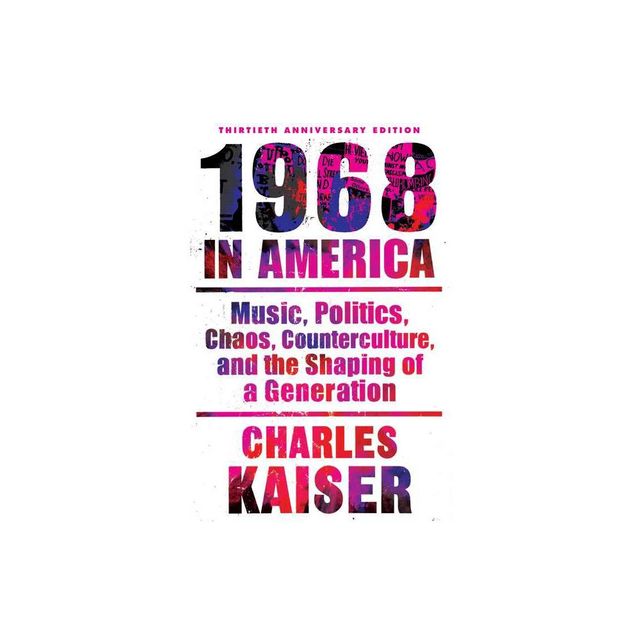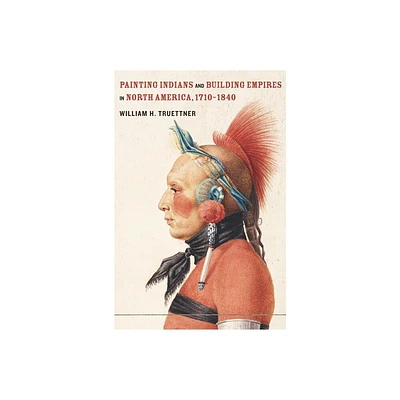Home
Charles Deas and 1840s America
Loading Inventory...
Barnes and Noble
Charles Deas and 1840s America
Current price: $39.95


Barnes and Noble
Charles Deas and 1840s America
Current price: $39.95
Loading Inventory...
Size: OS
*Product Information may vary - to confirm product availability, pricing, and additional information please contact Barnes and Noble
Charles Deas (1818–67), an enigmatic figure on the edge of mainstream artistic circles in mid-nineteenth-century New York, went west to explore new opportunities and subjects in 1840. From his adopted hometown of St. Louis, Deas sent his iconic paintings of fur trappers and Indians back east for exhibition and sale, briefly winning the recognition that had earlier eluded him.
This handsome volume—featuring more than 150 illustrations, 70 in color—is the first book exclusively devoted to Deas. In two major essays, Carol Clark presents Deas’s haunting biography and complex art—works that embodied Americans’ uncertainty about the future of their rapidly expanding nation, especially in the contested spaces of the West. Ranging from Indian genre scenes to more violent and bizarre themes drawn from literature and his own imagination, Deas’s images reverberate with the racial tensions and cut-throat economic competition of the period. Three additional essayists examine the historical, political, and social context of Deas’s art and discuss in detail two of his major paintings,
Walking the Chalk and Long Jakes, “the Rocky Mountain Man.”
The volume also includes Clark’s catalogue of Deas’s paintings, watercolors, and drawings—the most extensive recovery and documentation to date of the work of this important but little-known artist.
Charles Deas and 1840s America
will constitute the definitive reference on the painter for years to come.
This handsome volume—featuring more than 150 illustrations, 70 in color—is the first book exclusively devoted to Deas. In two major essays, Carol Clark presents Deas’s haunting biography and complex art—works that embodied Americans’ uncertainty about the future of their rapidly expanding nation, especially in the contested spaces of the West. Ranging from Indian genre scenes to more violent and bizarre themes drawn from literature and his own imagination, Deas’s images reverberate with the racial tensions and cut-throat economic competition of the period. Three additional essayists examine the historical, political, and social context of Deas’s art and discuss in detail two of his major paintings,
Walking the Chalk and Long Jakes, “the Rocky Mountain Man.”
The volume also includes Clark’s catalogue of Deas’s paintings, watercolors, and drawings—the most extensive recovery and documentation to date of the work of this important but little-known artist.
Charles Deas and 1840s America
will constitute the definitive reference on the painter for years to come.

